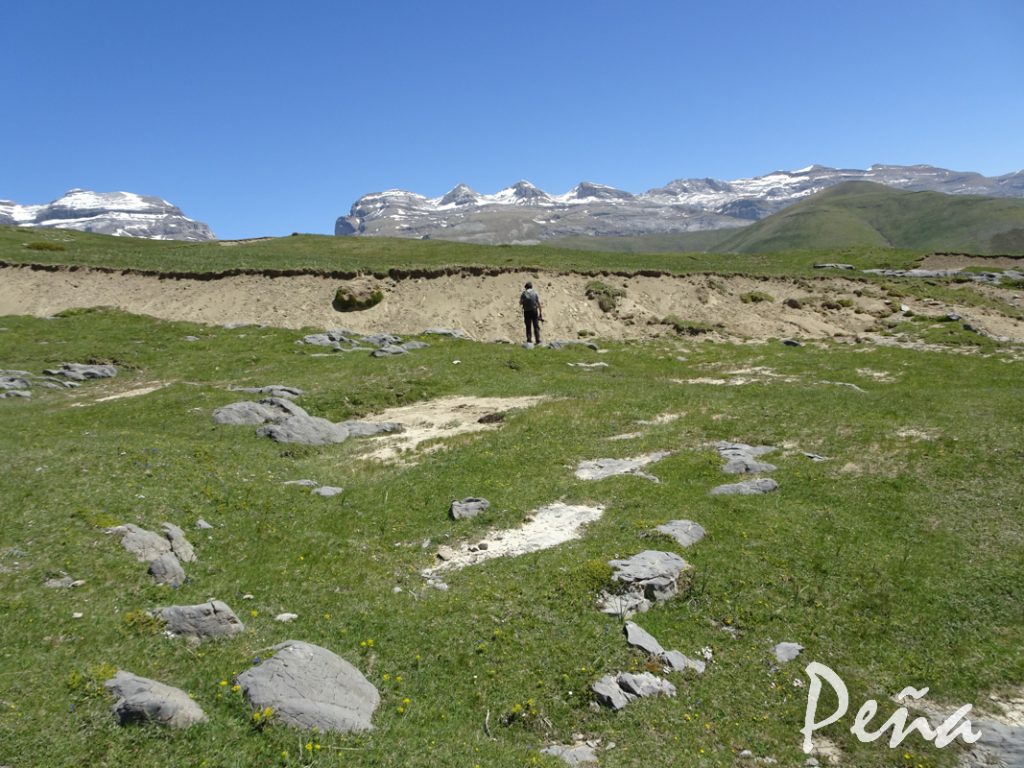Soil-geomorphology relationships determine the distribution of the main subalpine grasslands in the Central Pyrenees (NE-Spain)
Badía-Villas, D., Buendía-García, Longares-Aladrén, L.A., Martí-Dalmau, C., Peña-Monné, J.L., González-Pérez, J-A., Gómez-García, D., 2020. Soil-geomorphology relationships determine the distribution of the main subalpine grasslands in the Central Pyrenees (NE-Spain). Science of Total Environments, 734, 139121. https://doi.org/10.1016/j.scitotenv.2020.139121 |

ABSTRACT.
The two mostwidely extendedmountain grasslands in Europe (Nardus-mat grasslands and chalk grasslands) are distributed forming complex patterns. In the Ordesa and Monte Perdido National Park (Central Pyrenees, NESpain), they grow as secondary pastures within the treeline ecotone at the subalpine belt. This work aims to show the influence of soil properties on the spatial distribution of these pastures, under a dynamic geomorphology. Soils are sampled under both grasslands,which growon different cumulative levels: Nardus-mat grasslands in the upper level (L1) and chalk grasslands in the lower level (L2). Soils in L1 have a significantly higher acidity, lower soluble ions and exchangeable calciumcontent than those in L2, reflecting a more intense leaching process, consistentwith a longer period of slope stability. Qualitative differences are detected in the soil organic matter of the soil, using carbon and nitrogen isotopes, lighter in L2 soils than in L1 soils, due to a higher proportion of legumes growing in L2 (chalk grasslands). Soils in L1 and L2 shared many physical properties, such as a fine and homogeneous texture in thewhole profile (silty clay or silty clay loam), and high aggregate stability and porosity in the topsoil. In contrast, the soils in L2 are shallower than in L1,which reduces theirwater-holding capacity. The soil is classified as Orthoeutric Cambisol (Clayic, Humic) in L1 but its rejuvenation, by gully erosion, transforms it into an Hypereutric Leptosol (Loamic, Ochric) in L2 (Typic Haplocryept and Lithic Haplocryept, respectively by Soil Taxonomy system). Definitely, the distribution of both grasslands for the studied area is linked to two cumulative levels of different ages, which in turn is strongy related to different soil properties.



